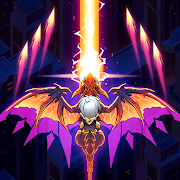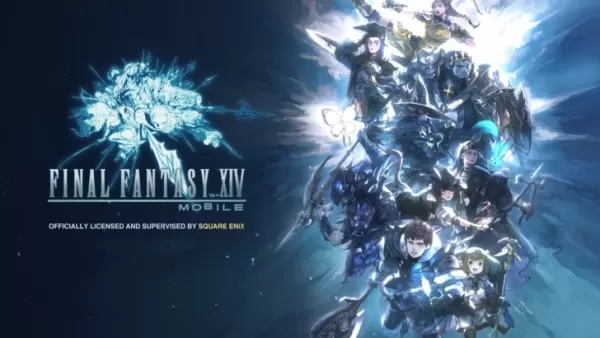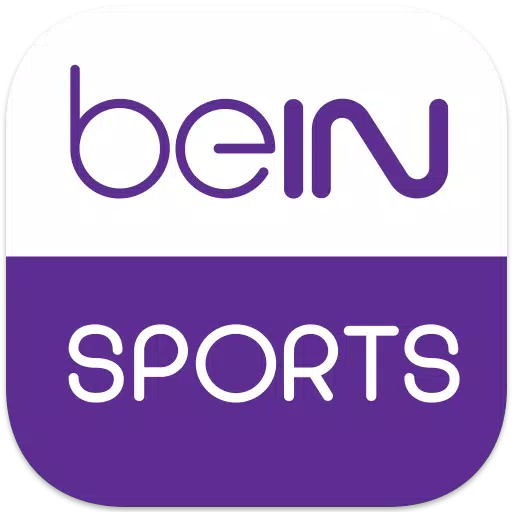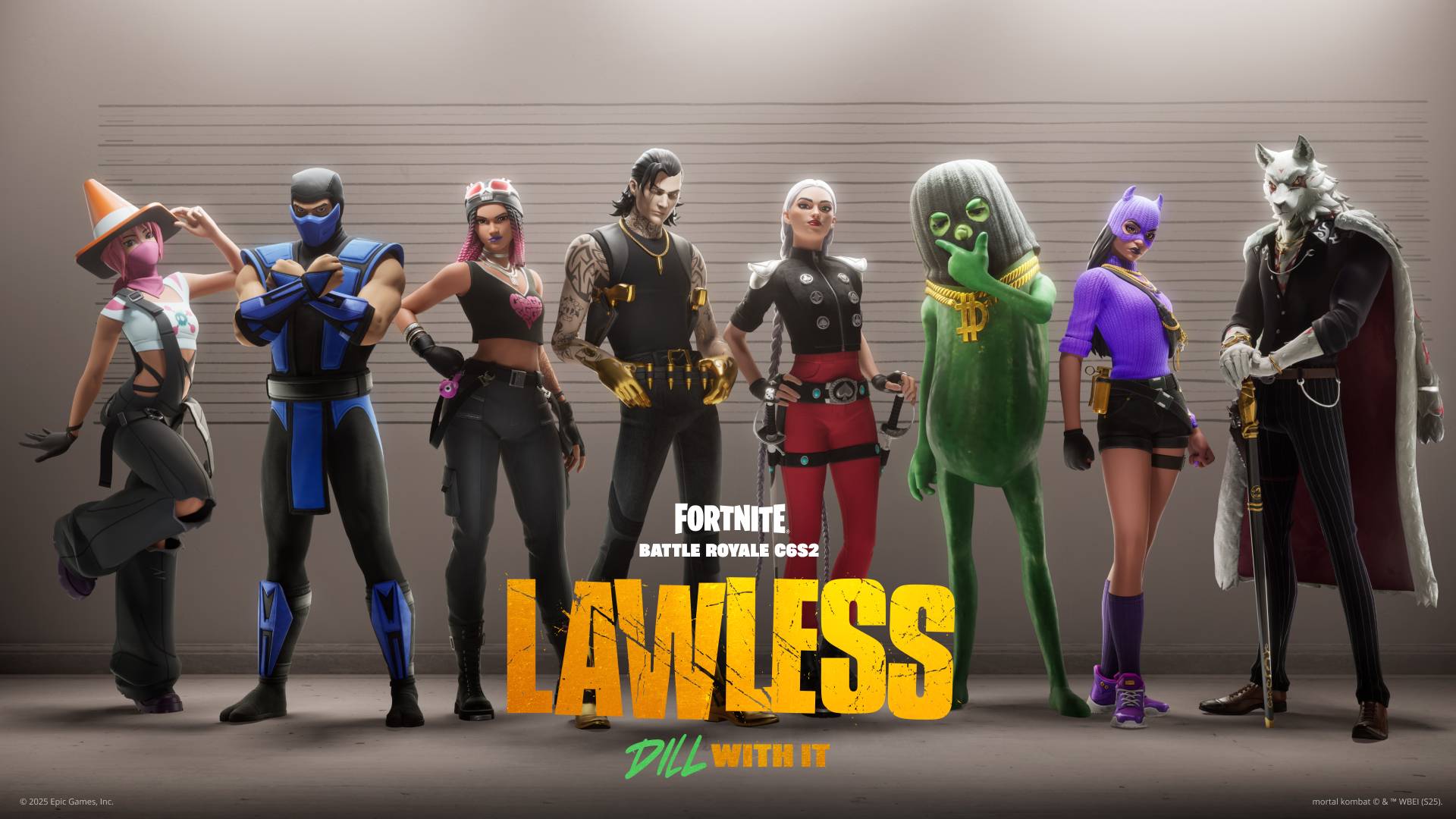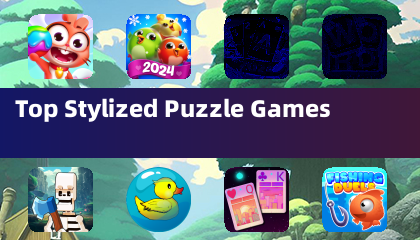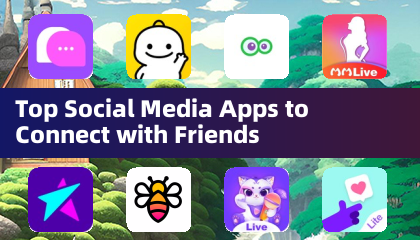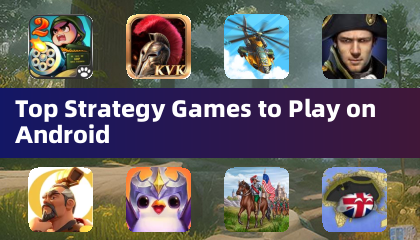Nintendo's Switch 2: A Major Leap in Accessibility Design
After months of intense speculation, rumors, and leaks, Nintendo has finally unveiled the Switch 2 in a dedicated Direct presentation. This event not only showcased exciting trailers for new titles such as Mario Kart World, Donkey Kong Bonanza, and exclusive Nintendo GameCube games for Switch 2 Online, but also provided a detailed look at the console itself. From an accessibility perspective, the Switch 2 marks a significant upgrade over its predecessor in nearly every aspect.
A few months back, I shared my accessibility predictions for Nintendo's latest console, hoping for more robust accessibility features, improved Joy-Con controller functionality, and innovative inclusive design practices. To my delight, Nintendo not only met but exceeded these expectations. Let's dive into the confirmed accessibility features of the Switch 2 in this Access Designed segment.
New Accessibility Settings
The Direct presentation didn't reveal much about tangible accessibility options beyond fully customizable controls for each virtual GameCube game, tailored to the system settings. However, Nintendo subsequently released an accessibility page that outlines a comprehensive list of both returning and new features.
Fully customizable controls return, functioning similarly to those on the original Switch. Text size settings now offer three different options, with the added ability to implement High Contrast and change general display colors. The Zoom functionality, essential for players with low vision, also makes a return. Yet, the most significant addition is the new "Screen Reader" setting.
For blind and low vision individuals, Text-to-Speech capabilities are crucial for navigating menus and settings. Although the Screen Reader is limited to the HOME menu and system settings, it's a vital tool that empowers disabled players to navigate the Switch 2 independently. Options to select different voices, adjust read speeds, and control volume levels accompany this feature. While it's unclear whether individual games will support these tools or offer their own accessibility features, Nintendo's commitment to its disabled audience is promising and sparks my curiosity about the future of accessibility within the company.
Innovative Design
Outside of specific menu settings, Nintendo highlighted a new inclusive tool within the updated Nintendo Switch App called Zelda Notes. This companion app for The Legend of Zelda: Breath of the Wild and Tears of the Kingdom enhances cognitive, physical, and blind/low vision accessibility.
With the Navigation feature, players can locate shops, areas of interest, and even the elusive Koroks using a GPS-like interface within the app. Accompanied by audio cues and voices, the app guides players to their chosen destinations. While it doesn't assist with precise navigation or enemy encounters, it significantly aids blind and low vision players in exploring the overworld and reduces the cognitive load of traversing vast landscapes.
For cognitive, blind/low vision, and physically disabled players, the Autobuild Sharing tool within the app is particularly beneficial. By scanning a QR code, players can automatically construct custom Zonai tech creations if they possess the necessary materials. Personally, I struggled with the control layout and button requirements for building Zonai machinery in Tears of the Kingdom. This new feature alleviates that challenge, allowing me to focus solely on gathering materials without worrying about the construction process. Such inclusive design is something I've consistently praised Nintendo for.
Additionally, the Item Sharing feature enables disabled players to exchange items with one another by scanning a QR code, reducing the physical effort required to search for weapons and food. While these features don't make Breath of the Wild and Tears of the Kingdom fully accessible, they represent a significant step forward.
Wheelchair Sports
The most surprising announcement was Drag X Drive, a game reminiscent of Rocket League, where players control characters in manual wheelchairs on a basketball court. This announcement not only showcases proper disability representation but also highlights one of the Switch 2's innovative hardware changes—mouse control.
By flipping the Joy-Con on its side, players can use the controller as a mouse, gliding it across any surface. Although the required force to move the cursor remains undisclosed, this new control method promises to benefit a wide range of disabled players. With the potential to revolutionize gameplay, this feature, combined with the variety of existing controller types for the Switch and Switch 2, underscores Nintendo's ongoing innovation in controller usability.
As a dedicated Nintendo fan, I'm thrilled about the Switch 2. While the price tag of around $450 gives me pause, my love for gaming started with Nintendo. Each new system brings exciting accessibility enhancements that continue to demonstrate Nintendo's commitment to inclusivity. Although Nintendo hasn't yet developed a first-party accessible controller like the Xbox Adaptive Controller or PlayStation Access Controller, they are innovating in unique ways to make gaming more accessible for disabled individuals. Coupled with the recent announcement of Nintendo joining other developers to create standardized accessibility tags, I'm confident that Nintendo will continue to elevate accessibility standards.


